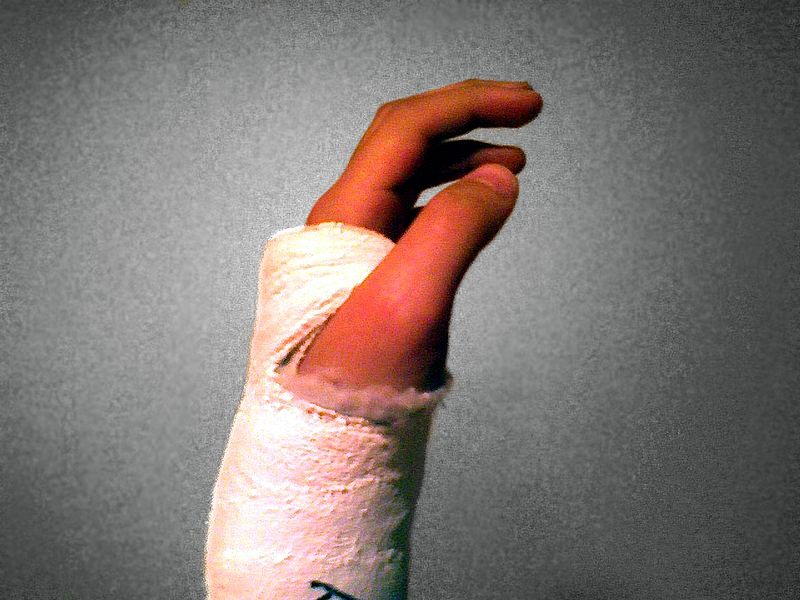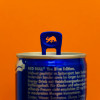German researchers have found that, in addition to immobilising a broken body-part, plaster casts can also trigger significant changes in the brains of wearers.
 Writing in Current Biology, Silke Lissek and her colleagues at Ruhr University recruited 31 wrist cast-wearing volunteers (no bones were intentionally broken in the course of publishing their paper, apparently!) and 36 healthy controls. After the cast-wearers had been in plaster for two weeks the researchers compared their two-point discrimination (the ability to tell a single needle prick from two points close together) on the index fingers of the healthy and and immobilised hands. The same test was carried out on the healthy controls.
Writing in Current Biology, Silke Lissek and her colleagues at Ruhr University recruited 31 wrist cast-wearing volunteers (no bones were intentionally broken in the course of publishing their paper, apparently!) and 36 healthy controls. After the cast-wearers had been in plaster for two weeks the researchers compared their two-point discrimination (the ability to tell a single needle prick from two points close together) on the index fingers of the healthy and and immobilised hands. The same test was carried out on the healthy controls.
Intriguingly, amongst the cast wearers, the healthy hands had become much better at touch discrimination even than the controls, which the team put down to increased compensatory use of the healthy hand. But to find out what might underlie this improvement the team also brain scanned the patients as they performed the same task and used a technique called fMRI to map which parts of the brain's sensory systems were being activated, and the relative sizes of those areas.
The scans showed that the part of the brain decoding sensations from the tested finger on the injured hand was much smaller than the equivalent region receiving inputs from the uninjured side or in the uninjured controls where both sides were the same size. To find out whether the changes were long lived the team then retested some of the patients two to three weeks after their casts had been removed. The brain scans by this time had returned to normal, although the improved touch discrimination developed by the patients' uninjured hands still persisted.
But what are the functional consequences of immobilisation? This study, say the researchers, shows that even brief periods of reduced use of a body part can have overt measurable consequences.
"According to our data, whatever one is doing leaves measurable traces in brain organisation, either beneficial or harmful. Doing nothing does have negative consequences, suggesting that a continuous stream of sensory input may be necessary for maintaining intact brain organisation and perceptual abilities."










Comments
Add a comment